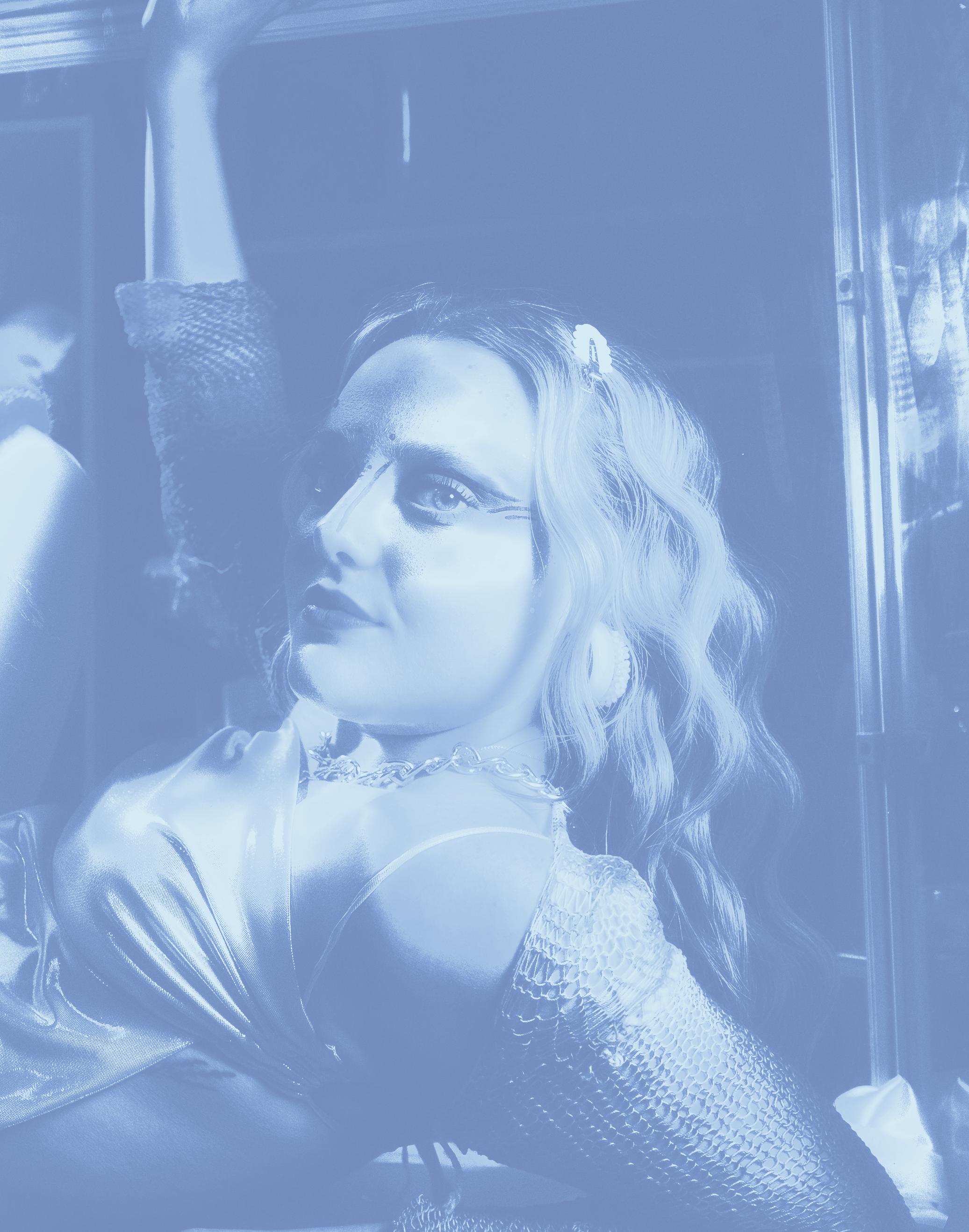ISSUE _ XXVI

I happened upon MUSE the summer between my first and second year. I was searching for a path forward for myself, stuck between feeling lost in an overwhelming world of people who I seemingly couldn’t align myself with, and with a void of creativity I was eager to fill. MUSE emerged as this idealistic version of all I was longing for. It became the centre of artistic exploration, where I would uncover what it means to lean into raw humanity, and I would find the people that defined the power of authentic living.
Uniting each page is a return to innate humanity. Issue XXVI is an exploration of what makes each and everyone one of us. It is a testament to the power of nostalgia, and the impact of the people that shape us; a call to abandon the ordinary, and embrace life as it is meant to be lived out. This is the story of what it means to be unabashedly human; to live out the falters of relationships, become one with the child that once was, and affirm the decisions that resulted in what became a living truth.
To be human is to unravel from what should be, and connect to what is. Issue XXVI posed a challenge to our team to break from what is expected, and to dig into the stories that live deep within each of us. This is who we are in explorations of self, stripped away from the images of who we want to be, and moving towards who we truly are.
MUSE is a sanctuary for the unrestrained human experience.
Though unconventional to some, we have forged community through creativity, broken barriers with artistic innovation, and found a home in a place that seemed to discount the very experiences captured in our pages. Before you is the immortalization of a team bound by a passion for storytelling, and a love for one another that created the magic I am eternally grateful for.
We create to bring you into our unique world’s for a brief moment; to bridge the mind and moment into a tangible reality. We mold the love we hold for MUSE, and ultimately one another, into the written word, and the picture proof of its very existence.
To our team, thank you for
pouring hours of yourselves into curating our collective story, and sharing a part of your year with us all. To those who have been there supporting at every chance, the love you have given is what allowed for simple thoughts to become revolutionary forces in creation. To our readers, thank you for entering our world for a brief moment. I hope that if nothing more, Issue XXVI inspires you to embrace being human in all its beautifully imperfect forms.
Welcome to the story of humanity uncovered, and the people who have made MUSE home to many.
Yours Creatively,
Joanna Petropoulos Editor in Chief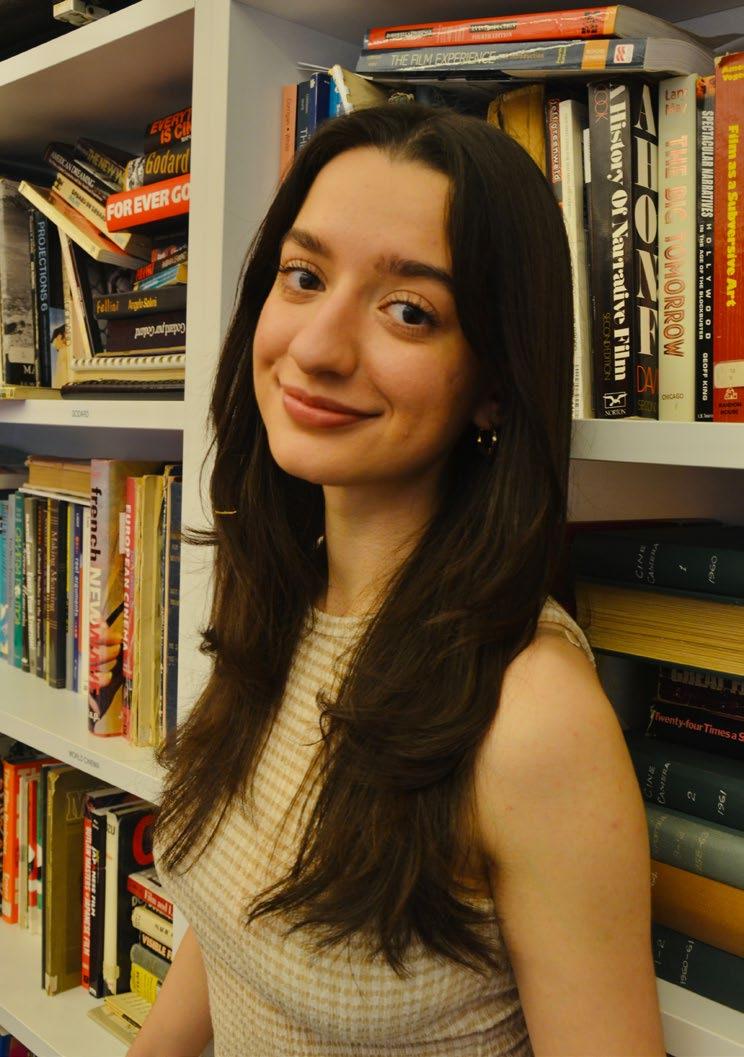
The newest development of creepy technology has officially arrived. Thanks to real-life Tony Stark and modern-day tech tyrant, Elon Musk, artificial intelligence has the power to take down human artistry as we know it - or does it? Open AI is an artificial intelligence research and deployment company founded and headed by the aforementioned. The company’s mission is to make AI accessible to all of humanity, and since anybody with access to Google can now instruct AI to write an essay for them via ChatGPT, I’d say mission accomplished. Since “all of humanity” includes me - an avid writer and connoisseur of the creative - I have decided to investigate and evaluate the excellence of what these types of AI programs can do in terms of emulating human creativity. Today, I’m curious to see if human ingenuity can successfully outperform a sophisticated piece of machinery.

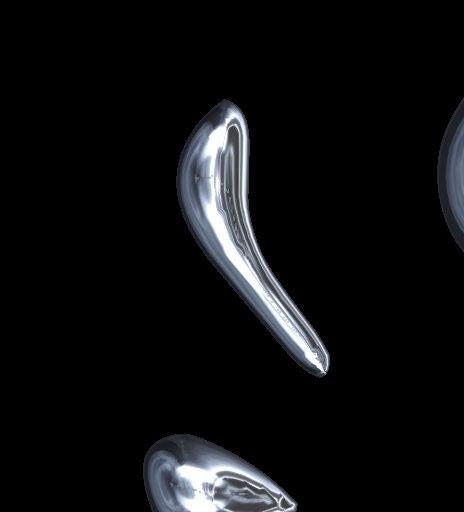

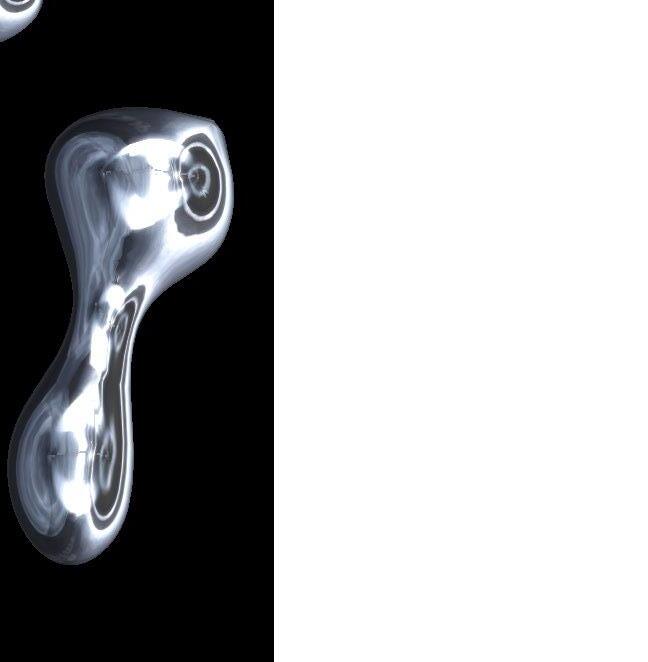
Brief disclaimer: I am quite technologically challenged, as many of my friends would corroborate. But ChatGPT (a division of Open AI) is remarkably accessible and easy to use, meaning that I was able to find the program online and navigate its platform with ease. I was told that I would need to be as specific as possible when instructing ChatGPT to write me an article. However, I refrained from prompting the machine with anything that could indicate a direction for the article to take; instead, I instructed the machine to “write me a unique and creative 500-word article for the Arts section of MUSE magazine”. In under two minutes, it wrote: “The Art of Upcycling: Turning Trash into Treasure” (Check it out through the QR code).
Admittedly, the article was decent. Its main argument (more eloquently stated
in my words than the words of the AI) was that artists are now turning to upcycled materials and finding objects in sculpture to make art as a reaction to the environmental concerns of our time. The article introduced me to two new artists who are doing great work, and whose philosophy (semi) fits within this thesis. But I immediately noticed that the piece lacked a certain pizzazz common to the literature that I enjoy reading. For example, MUSE articles are distinguished by the personality behind the words. Exciting writing has a spirit, an argument, a voice, and a unique take that gets readers thinking. Reading this article was informative - hey, it even taught me about two new artists - but in my mind, it does not reach the criteria for publishing that we have set here at MUSE because of its lack of nuance and depth.
The creativity and excellence of MUSE is largely defined by our layout and graphics teams. I decided to hop over to another Muskian AI called Dall-E to get a feel for what the layout and imagery associated with “The Art of Upcycling: Turning Trash into Treasure” would look like if generated by AI.

After instructing the AI to create a page of layout and graphics for an article named The Art of Upcycling Turning Trash into Treasure, it spat out four different layout schemes and gave me the opportunity to edit or search for variations of any of the originals. I decided to select the first option provided because Open AI did not give me as much variety. At first glance, I thought the page looked really innovative, edgy, and artistic, but upon
closer inspection, I realized I could not identify any distinguishable object. Looking at it made me feel like my mind was malfunctioning, a similar feeling I get when trying to find Waldo in the cluttered pages of “Where’s Waldo?” books. Fortunately for this article about turning trash into treasure, the AI’s decision to include objects that are unrecognizable creates an aesthetic that is rather fitting. However, if I had written this article, especially because this article includes works from real artists, I would want those artists’ artworks to be visually represented alongside the article.
Dall-E and Open AI are incredibly intelligent programs that are fun to play with because they show troglodytes like myself the true power of technology in this day and age. Despite the disbelief I felt about the caliber of writing that these programs produced, I do not think they are able to replicate the heart and soul that human artistic and creative ingenuity has maintained since before the information age. I’m far from convinced that this type of AI has the ability to replace the certain je ne sais quoi that has surrounded art, and fascinated humans for centuries. Hence why this article is written by me, a living breathing human, and not an AI program.
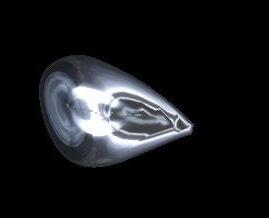

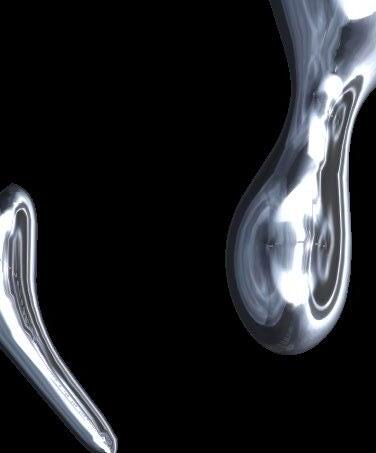
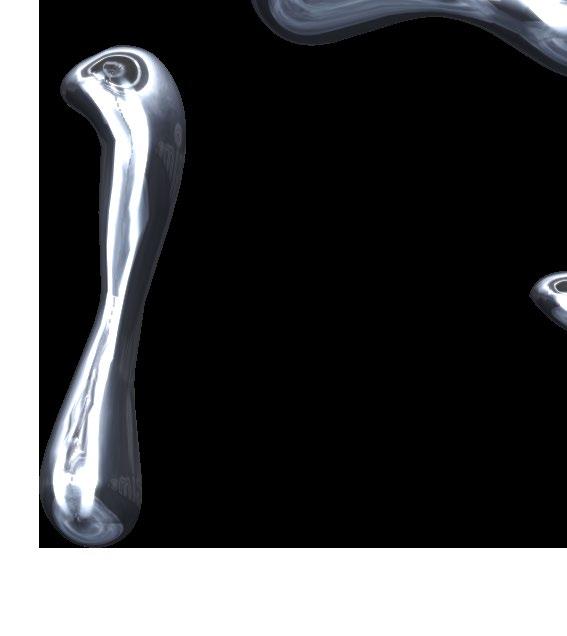

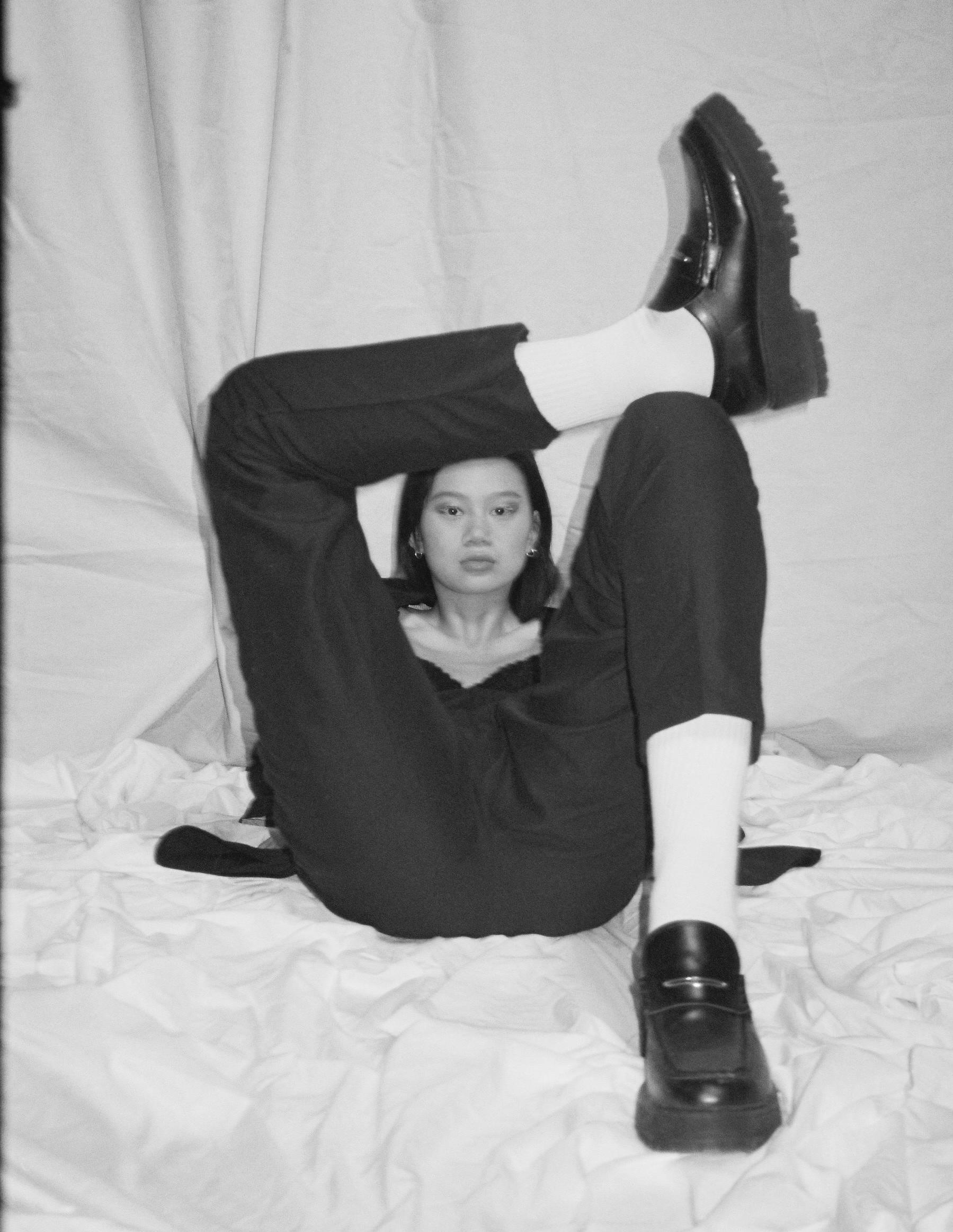
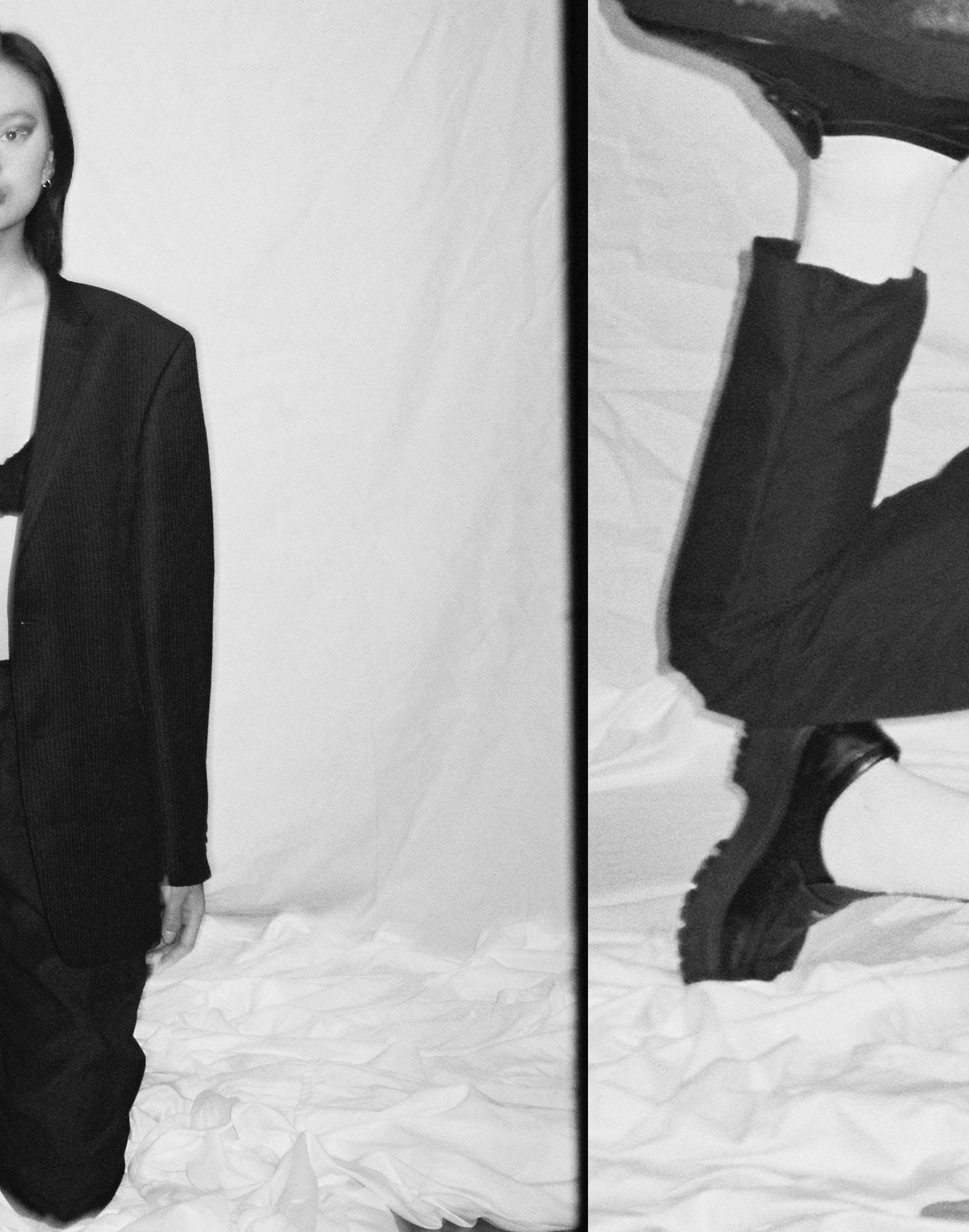
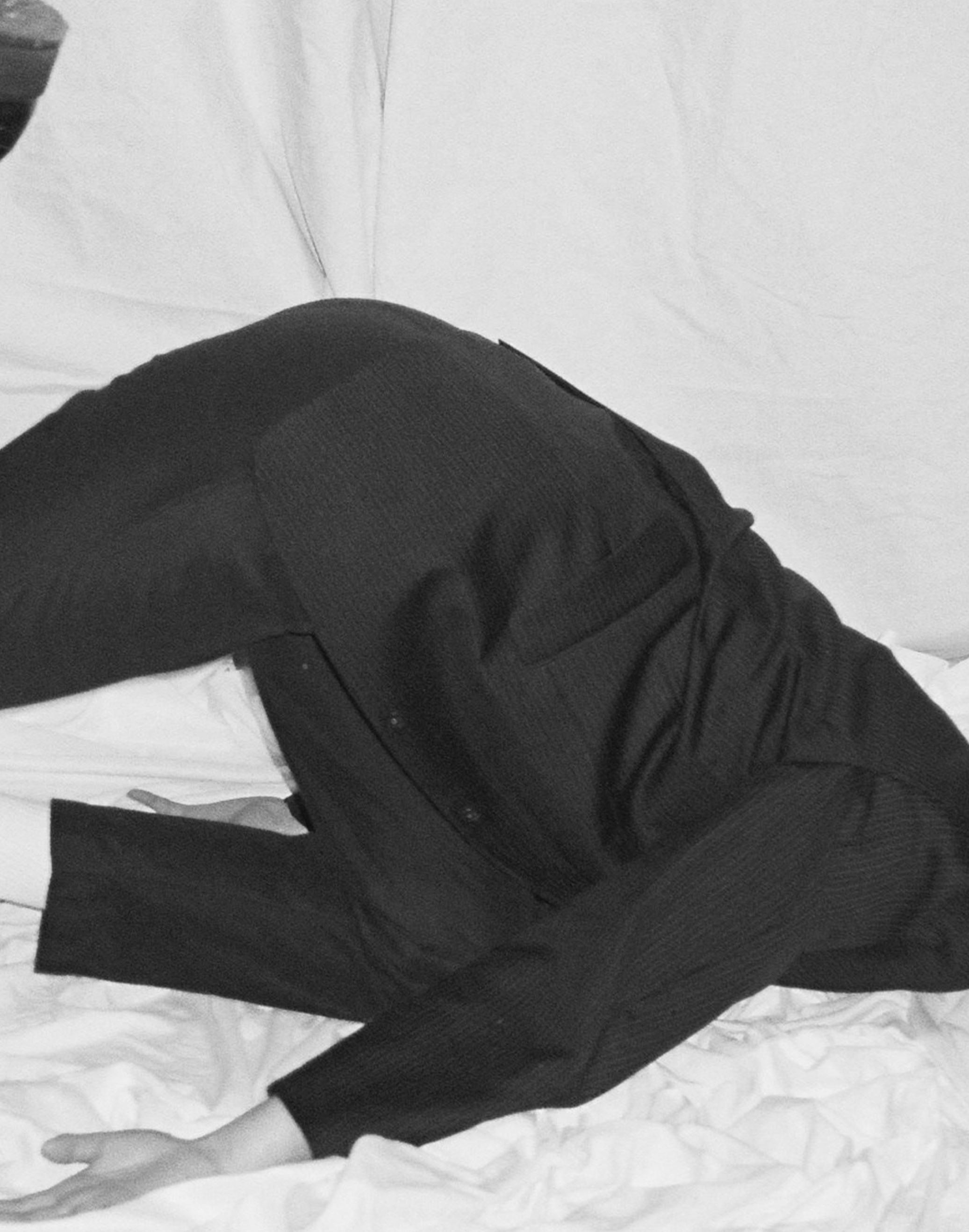
CREATIVE DIRECTOR: MAEVA BALDASSARRA

PHOTOGRAPHER: OLIVIA WRIGHT
MUA: CHELSEA ROBERTS
VIDEO: MACKENZIE LOVEYS
MODEL: CARMEN YEUNG

My dad likes to say that I was born to be a melomaniac. Legend has it, on my first day out of the hospital, I cried to the tune of his then-favourite Mujhse Dosti Karoge, translating to “Will You Be My Friend?” Music has been an interest of mine for as long as I can remember; it has consumed my whole life. Like a hunger that I constantly feed, it’s The Strokes for breakfast, Mazzy Star for lunch, and the Gorillaz for dinner. I listen, I play, I write. I’ve been like this since I was a kid, dancing with my dad while cooking dinner. This is when I was introduced to Dad Rock, or at least my Dad Rock. The soft slide sitar of old Bollywood has created my foundation for musical understanding. My classics
consist of Sufi music, combining rock with traditional rhythms and poetry from across South Asia. My “Songs to Play in the Car With Your Dad” playlist is so different from the ones found with a quick Spotify search. My obsession with music stems from my classics, teaching me everything I know and adore about my favourite thing in the world. From the huge, colourful Indian weddings with chaniya cholis somehow rattling in-tune, to binging the soundtrack of Yeh Jawani Hai Deewani with my best friends, I would never trade my culture rich records for the Rolling Stones. However, the discourse on musical classics and what should be considered staples in everyone’s musical tastes are
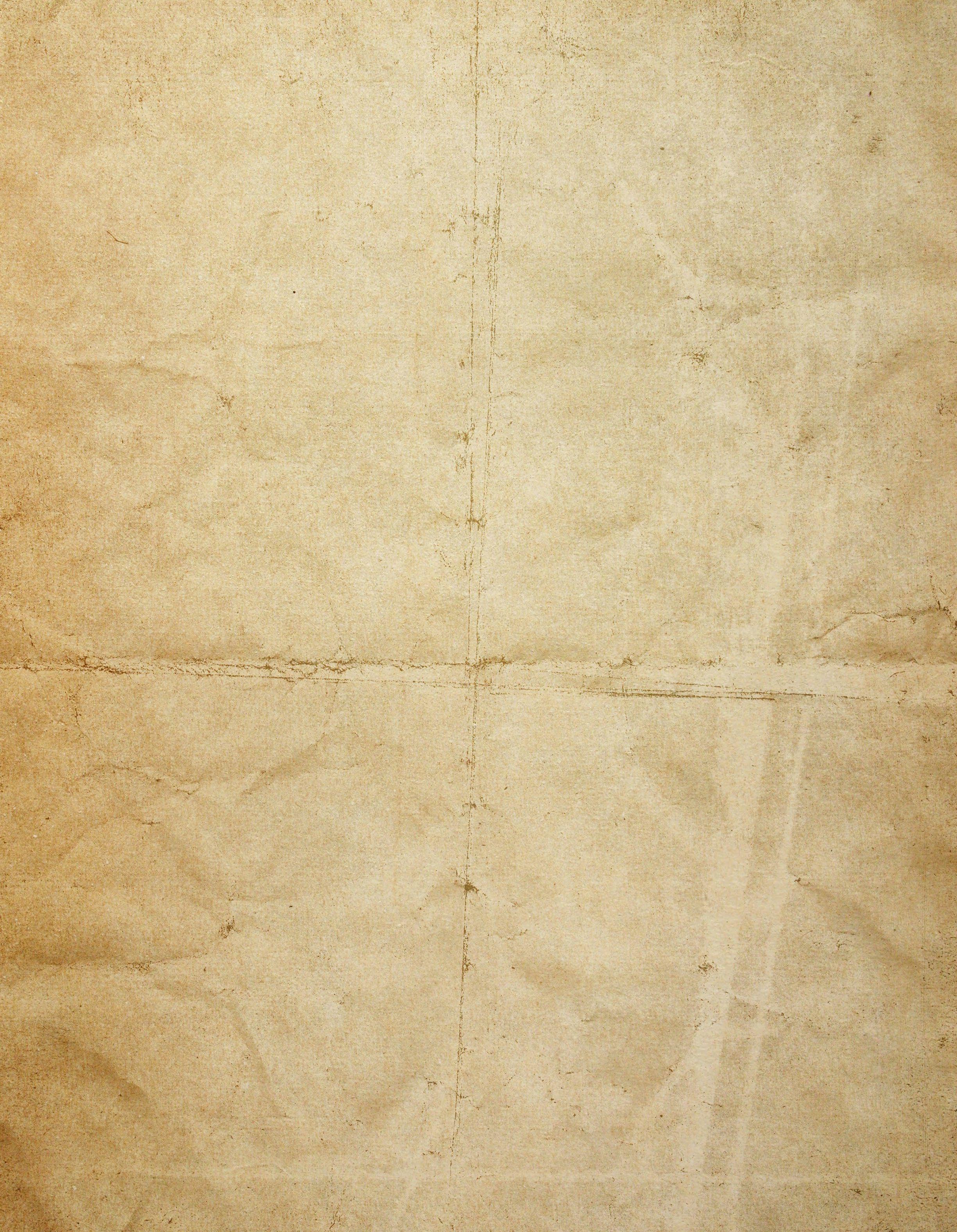
- simply put - ultra-white. In a recent conversation with a friend, I nervously admitted that I was unfamiliar with a lot of her “Dad Rock” playlist. I thought ACDC stood for Air Conditioning and Duct Cleaning; I thought Aerosmith was a spin-off of the chocolate bar. I don’t know her classics in the same way she doesn’t know mine. She just didn’t get it. How could I not know Pink Floyd, but pride myself on my relationship with music? Was I a poser? But the answer is rather obvious: I don’t know these “classics” because I didn’t grow up with them. I’m not white.
What is largely considered “Dad Rock” is a genre born out of what old, white men listen to… so why would I know it? The all-white canon that consumes musical discourse is where these so-called “classics” thrive. When the dominating class prevails, so will their subsequent interests, works, and art. Music is not inherently Western, therefore it shouldn’t be Westernized. Pushing this skewed ideal ignores the broader picture of children of immigrants who have had naturally different upbringings that shape their tastes. My musical takes are important, while they combat the Western domination of music. In the status quo of sounds, I stand out. I present nuanced ideas that are born out of my own experiences; while my dad toasted the spices for Baingan Bharta, we never listened to The Beatles. I’ve had enough of the white expectations, because all music is relevant and valid. My entire culture is erased from white musical knowledge, and you’re asking me about Billy Joel?

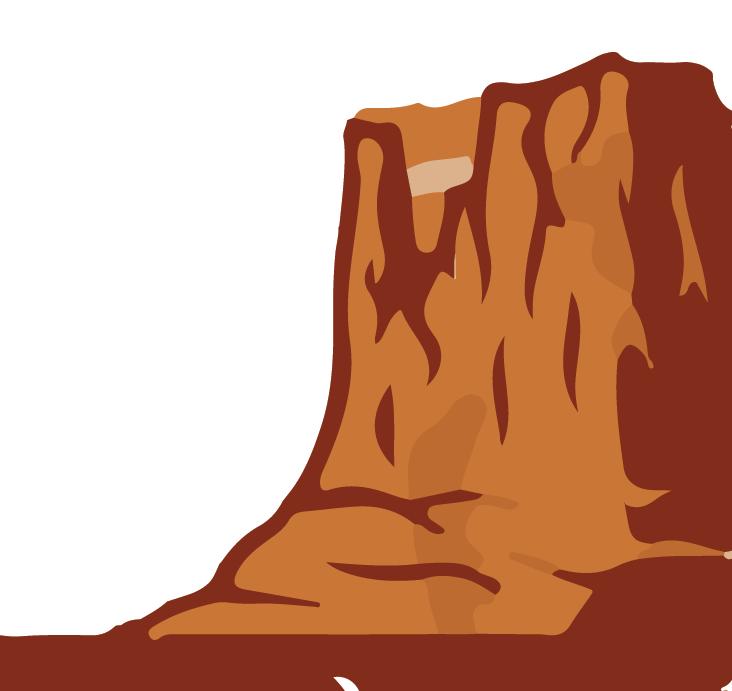
Plainly, I don’t want anyone to come for my music taste when it is perfectly reflective of who I am. One of my best friend’s first words were “da, da, da, da” to the tune of Thunderstruck. My
first word was “mehndi” to sing along to Mehndi Laga Ke Rakhna. This stage that my white friends have established their taste on is so innately different than mine. It’s the same play, but we are in two different acts. Where I had Samjhawan, they had Sweet Child O’ Mine. But we both take bows at the end of the show — neither of us are audience members. We have the same love for music, just different journeys, and this is the proof.
The prominence of Dad Rock stems from the feelings attached to it. Music being passed down from listenerto-listener is a fundamental process that makes music the art form it is. My musical hand-me-downs are my classics, not yours, and that is okay. I can’t be expected to enjoy your Dad Rock in a way that you wouldn’t enjoy mine. To expect me to know American Pie is to expect you to know the title theme to Khabi Kushi Khabi Gham, and I don’t hold you to those standards. Diverging tastes are what allow people to bond in the realm that is music, and musical assimilation is anything but justified. Judgement holds no place in the culture that music stands for, which is why these “classics” cannot be accepted as the be-all and end-all. I am not white, I don’t know your classics - and that is okay.
Aaliyah Mansuri
It is no secret that the 2000’s are back with a vengeance. With low-rise jeans, ballet flats, and even the return of Juicy sweatsuits, this era has reclaimed centre-stage. For me, these trends are brimming with childhood nostalgia, and nothing more so than the return of “mermaid-core”. My early 2000’s years were filled with the iconic characters of Aquamarine, the girls of H2O, and Mermaidia. But mermaids were part of a bigger craze than just my childhood imagination and DVD collection. Not only did the mermaid silhouette occupy every wedding, prom, and red carpet imaginable, but even powerful fashion houses embraced the mermaid with open arms. The 2000 collections of Versace and Blumarine stand out with their silky shimmery fabrics, piercing eye looks, and every shade of turquoise under the sun. Undoubtedly, the

2000’s were fascinated by the aquatic, shimmery, and mystical — and 20-someodd years later, the mermaid is back, and not just on the Versace summer runway. Full-fledged collections inspired by the sea, a newfound love of “jellyfish dresses” in prom and wedding styles, and even the return of pearl necklaces and siren eye makeup; the cycle of fashion has once again put underwater themes in the spotlight.
Today’s take on “mermaid-core” is more than bright neon blues, huge shell-like sequins, or tight-fitting bodices that spill into flamboyant skirts. We now see a focus on natural forms, and an emphasis on structure and movement that is truly timeless. Dresses embody the movement of soft, rippling waves through bouncy fabrics and shimmery chromes. Streams of light silks and
tulles flood runways with a range of colours, from vibrant corals, pinks, and oranges to dark plums and indigos. This all creates a dreamscape, where models appear to walk on water and their clothes mystically billow and flit around them as if alive. The designs highlight the shape of the body wearing them, embracing its beauty and elegance, rather than try to mould it into something else. With these we are invited to imagine a sea that feels calming, ethereal, and welcoming.
We are also reminded of the beauty and importance of a clean, thriving ocean. There’s no denying that the environmenis permeating the collective consciousness, and the current climate crisis has us all reaching for dream-worlds. And yet, there is a distinct irony in paying homage to nature through an industry that colossally contributes to its destruction that is hard to miss. Reflecting an enchantment with nature through clothing, though beautiful and enduring, can also be controversial. In the face of this tide, I look to Iris van Herpen, whose innovations in both design and sustainable technologies are the fresh take on appreciating nature that the high-fashion world needs. Van Herpen has captivated audiences for years, but for me nothing has been more pleasing than her two recent collections, “Earthrise” and “Sensory Seas”, which feature silky smooth fabrics that flow like water passing through hands.
It is hard to pinpoint what is pulling fashion back to sea. It could be a commitment to sustainability and protecting our oceans, or a shift towards comfortability in recent years. There are countless interpretations, but one that shouldn’t get washed away is the subtle forms of strength in these
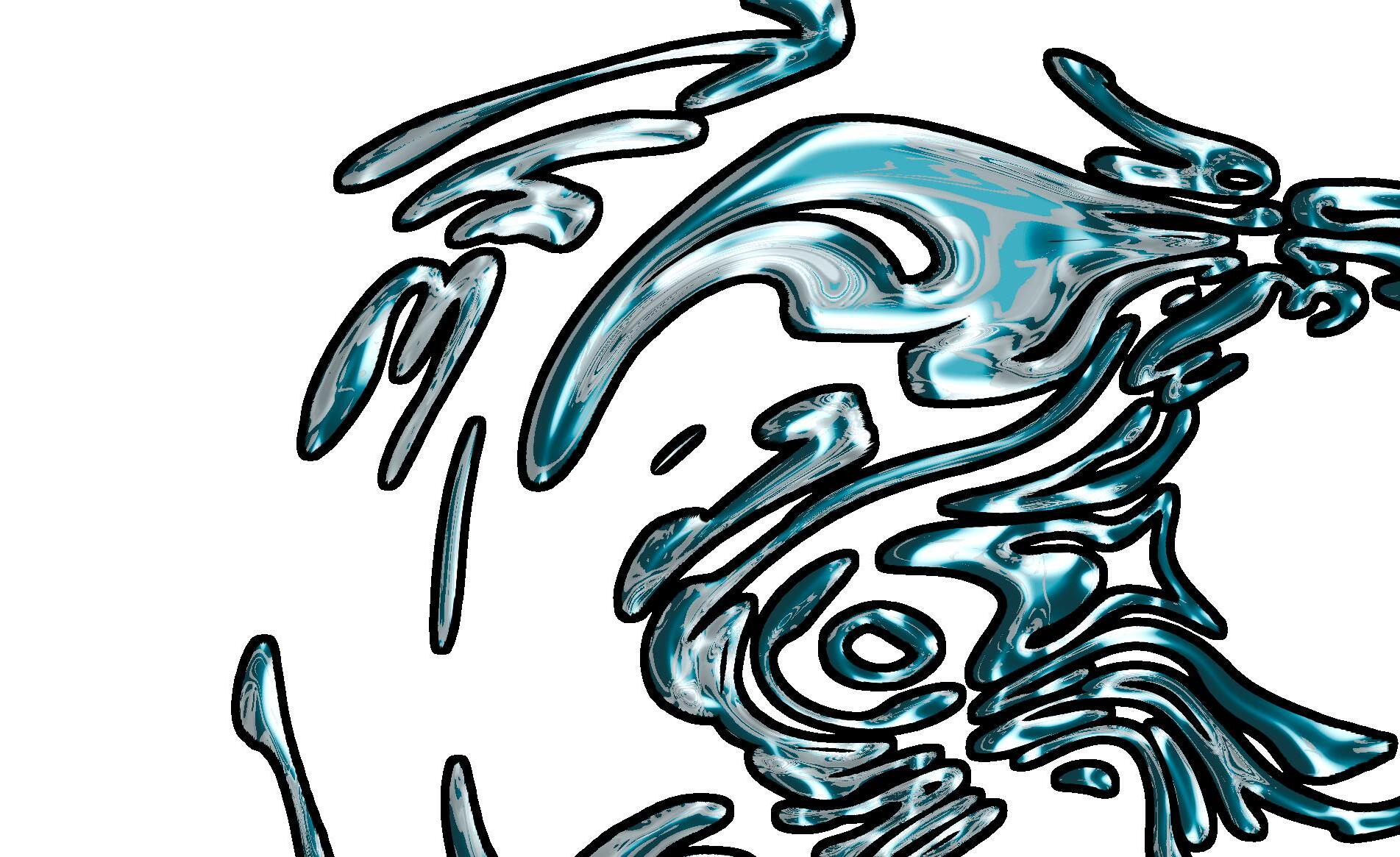
clothes that catch our eyes like twinkles on the ocean’s surface. Muted blues and freer forms are underscored by intricate details of scales and paillettes that accumulate into a strong facade of armour. They make the designs bold and courageous, as well as flowy and calm. While they are shimmery and delicate, they ultimately call forth feminine strength. After all, the mermaid is as feisty and merciless as she is calming and sultry, and as daring as she is romantic. With these forms, our clothes can reflect a sense of inner strength, bringing a sense of depth to the image of the person wearing them that may not be seen at first glance.
Who knows if the tide will wash away this trend as quickly as it has others? Yet, as we wade further into the river of overconsumption, it is sometimes nice to return to our childhood imaginations and revel in clothing that moves so mesmerizingly through the air, like mermaids through the sea. If nothing else, this return to the mermaid has given me a newfound appreciation for my own imagination and childhood, which has inspired me to investigate my own style and inspirations for the first time in a long time. I hope it’s a trend that’s here to stay - but if her time is once again short-lived, I’ll thank the mermaid as she swims by.

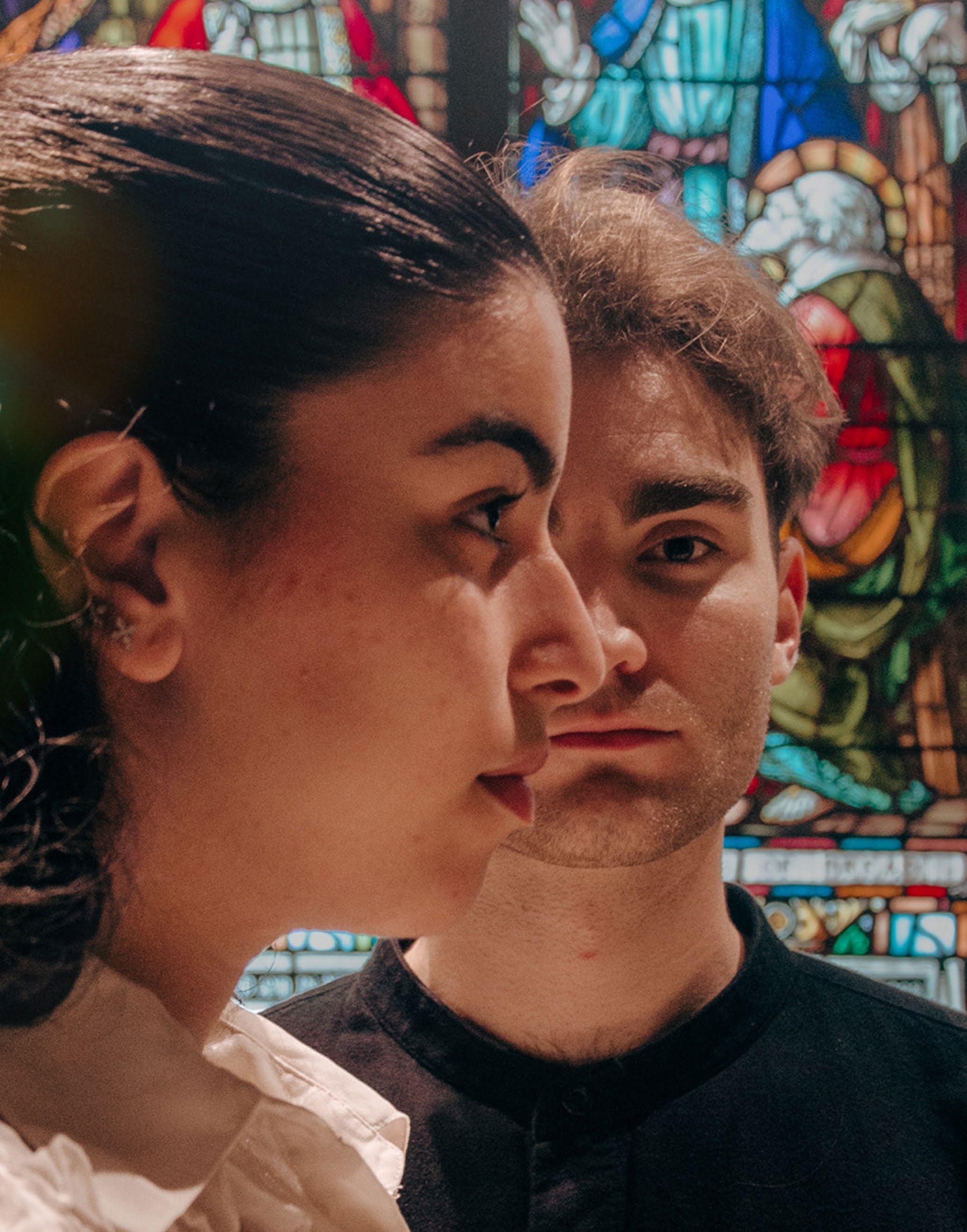
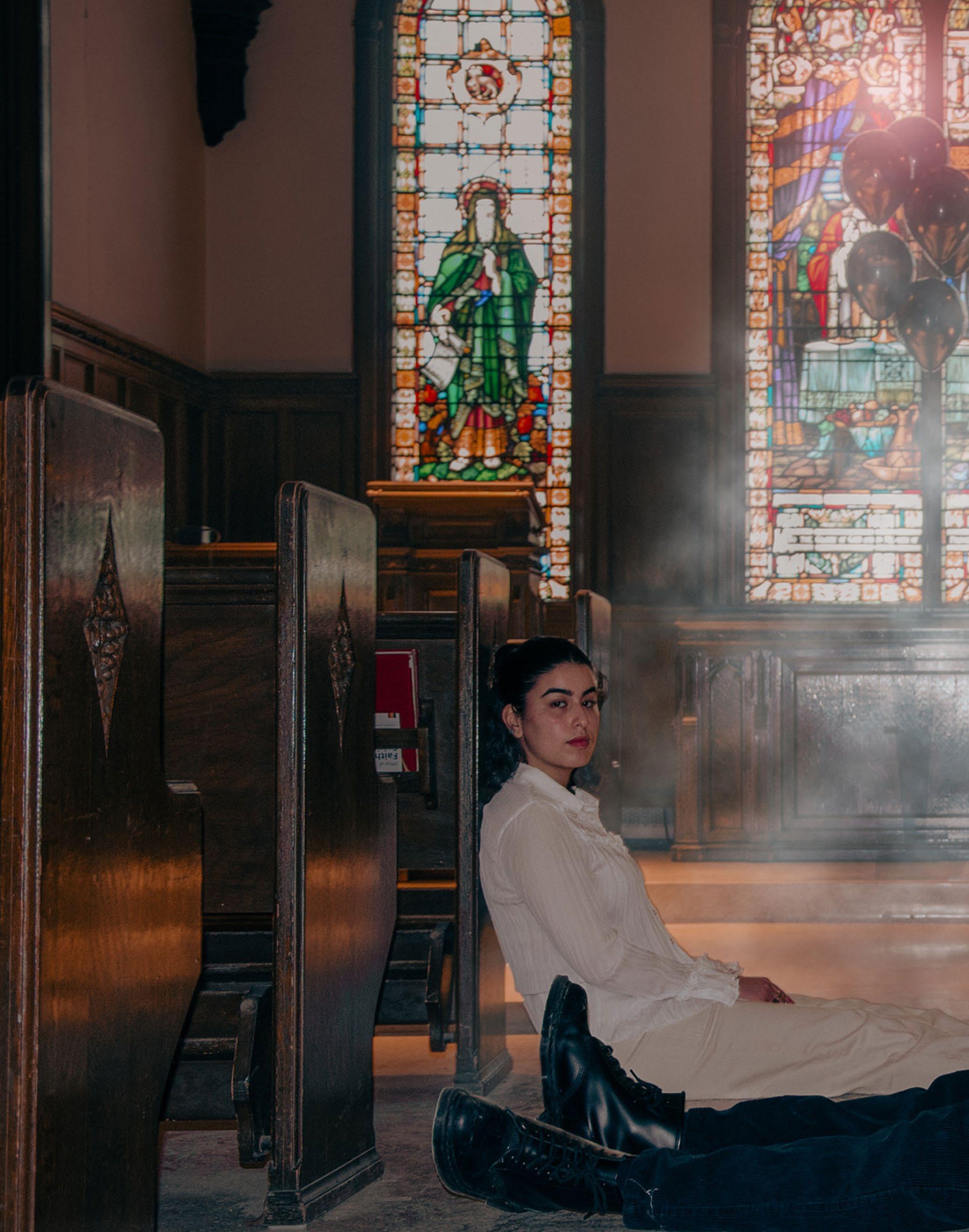

CREATIVE DIRECTOR: MIDHAT MUJADDID
PHOTOGRAPHER: TARYN RESENDE
VIDEOGRAPHER: NATHAN HAWES
MUA: JILL FORD
MODELS: EWAN ROBERTSON, MARIAM GUIRGUIS

“Bye. You won’t be missed!” I had never heard this phrase before, until I was leaving a Halloween party this past fall. A racist remark by some man, and all I saw was red. I had to get out of there before I said something about a hundred times worse. I know the social complexities well enough to know that if I spoke to him with a bitter tone, I would be the villain — the angry Black girl. Time has passed, I’ve assessed and digested, and that phrase still sits with me. “You won’t be missed!” as I brush my teeth; “you won’t be missed” as I write articles, poems, and prose; “you won’t be missed!” as I curate my dream life before I fall asleep. This simple insult haunted me through hallways and bedrooms until it finally sparked questions worth addressing. What legacy do I want to have? What legacy do I want to leave? What will people miss about me? What do I want people to miss about me?
A legacy is a collection of our greatest triumphs and heartbreaks, the most memorable and special moments of our lives. I want to be remembered for my outstanding achievements and how I overcame all the bitterness thrown at me. Not only do I overcome, I create art to remember all I have to celebrate and how much more growing I get to do. I hope to leave a remarkable legacy crowded with accomplishments and beautiful memories, but I also hope it’s an honest representation of who I am. I hope the flaws of my perfectionism and stubbornness are remembered fondly and are recognized as my greatest allies and foes. I’m not sure if there’s a definitive way to determine what makes someone’s legacy inherently
good or bad. Still, I know mine will be composed of both, and I’ll be remembered as a person who, above all else, triumphed, prevailed, and created.
I realize that my memory and legacy will be nuanced and different for each person in my life. My friends will remember how I am prepared for anything, I’ll always have enough snacks to last an apocalypse. My family will remember how I’m always reading or can never have my food touch on my plate. But I want to be remembered as both determined and passionate. Writing and teaching are some of the greatest thrills and loves of my life, and my legacy will consist primarily of what I do as both an educator and a creative. I dream of teaching students how to find themselves and their voices in stories — both their own and others. I dream of continuously writing to explore myself and all my curiosities about the world around me. In these ways, I can challenge the systems that suppress marginalized voices and help students become better equipped to change the world and to be their most honest and free selves. I want to be remembered as passionate and optimistic, as I am hopeful for my future and how the world will change and improve throughout my lifetime. I want my legacy to be based on how I went for and succeeded in pursuing the things I love and dreamed about.
I crave permanency regarding what is included in my legacy and memory. The perspectives I have shared at eighteen and nineteen will live on forever, and the perspectives I’ll have at twenty-five or thirty-three will too. This permanency creates an archive of all the Dalyah’s I once was or will become. And that’s what will form my legacy — one filled with love, stubbornness, optimism, passion, creativity, bumps, and memories. The parts of myself that I offer through my writing and my relationships will come together to create a vibrant mosaic of who I am. I know with the utmost confidence that I will be both remembered with a profound legacy and missed beautifully.

Are you a gold girl or a silver girl? Maybe both? Maybe neither? Is it an intentional decision for you? Do you switch it up?
I’ve never had autonomy in my metal of choice — it has been, and always will be, gold. For every milestone experienced, small pieces of gold gifted by the women in my family were left in their trails. The precious metal’s colour has served as a symbol of feminism, beauty, and elegance through South Asian culture. My younger self eagerly awaited the day I would be trusted to wear the bits of jewelry I inherited. I’ve seen gold reflected like the sun off of the earlobes, wrists, necklines, and fingers of the women around me. My
mother is rarely seen without two thin gold bangles around her wrist — the same pair given to her mother, to one day be split between my sister and I.
My favourite necklace was my maternal grandmother’s, one she wore while teaching in Kenya, raising her children in Pakistan, and travelling across Canada, England and Dubai to see her family. My identity has become intrinsically attached to the jewelry I own, having transported across generations and experiences to land on my, now delicately accented, body.
In South Asian cultures, gold is a representation of luck and well wishes

in a nearly superstitious ritual. From the birth of a child to finishing the Quran, to birthdays, weddings, graduations, and essentially any of life’s landmarks, there is often gold jewelry given and received. My gold studs were a gift from my grandmother for when I finished reading the Quran. Although that occurred when I was nine, my mother kept them aside for me until I left for university. Every year since I began a life away from my family, I have been entrusted with golden heirlooms that mark my familial lineage.
Gold inheritance is an experience relative to most South Asian women. The contemporary diaspora of South Asian people revives traditional jewelry customs to ornament oneself with. The historical line mapped by gold reveals a lineage dripping in quiet resilience and an unspoken commentary on property.
Misogyny runs rampant across the globe and pre-partition India was no exception. The lack of fiscal freedom for women who were treated as objects for pleasure and reproduction kept them chained to a patriarchal system that transgressed public and personal boundaries. The practice of giving dowry in marriage was originally conceived as a means for families to send their daughters with wealth into their new life, balancing the power relationship between wife and husband.
The imposition of British property laws shifted the dowry, and most anything else for that matter, from remaining in the possession of women to that of men. As a result, the presumption of dowry stripped bride-to-be’s of their personhood and equated their wealth to the sum given from their families to the ones they were set to join. Thus, the precious metal gifted to a brideto-be was the only thing she could personally possess in the eyes of the law. Gold could bail one out of their suppression, gold could turn tragedy into opportunity, gold served as a path to liberation.
The valuation of gold exacerbates a pervasive class divide in South Asia: wearing true gold demands respect, while feigning the sun in your metals is something to be ridiculed. Though gold, in my eyes, holds immense cultural value, regardless of its verity. Gold gave our ancestors a fighting chance, so who are we to hold judgment on those donning it?
My position and perception is one of privilege, one that hasn’t experienced the hardships that my sisters in South Asia face every day. Committing to gold as my metal of choice is a small way I can honour them. When I catch a glimpse of the gold I’m ornamented with, I feel nothing but gratitude for a legacy of perseverance I intend to upkeep.

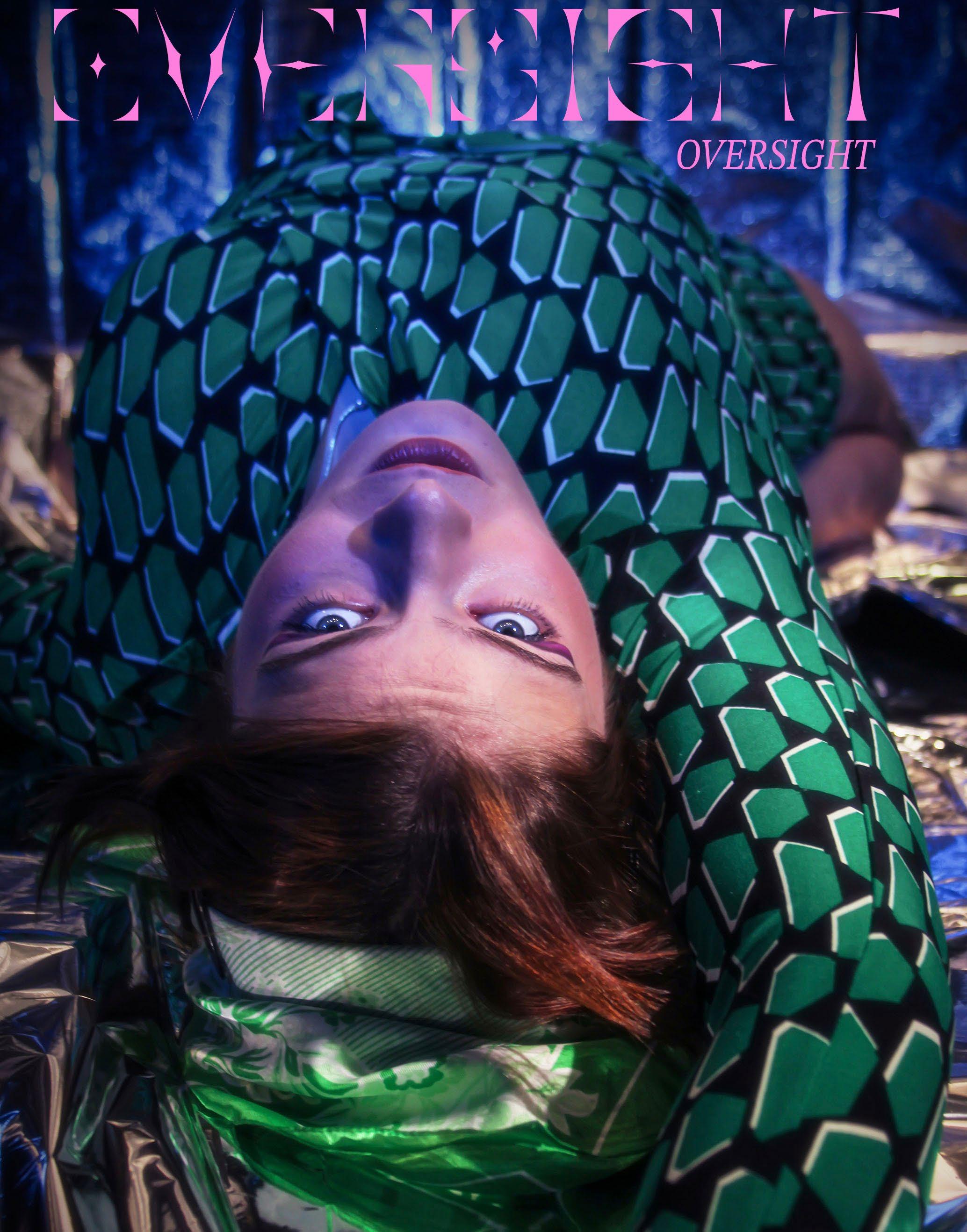
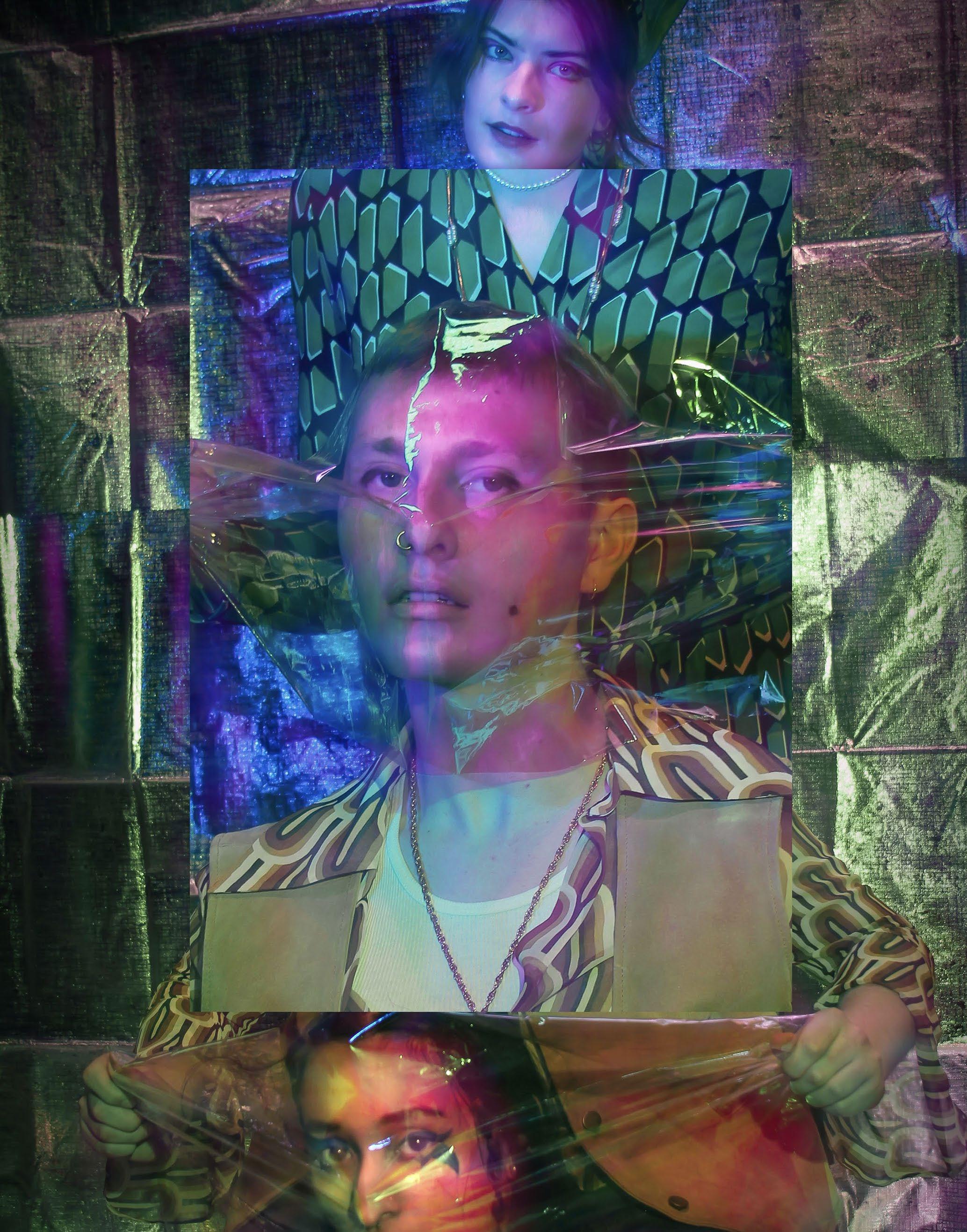
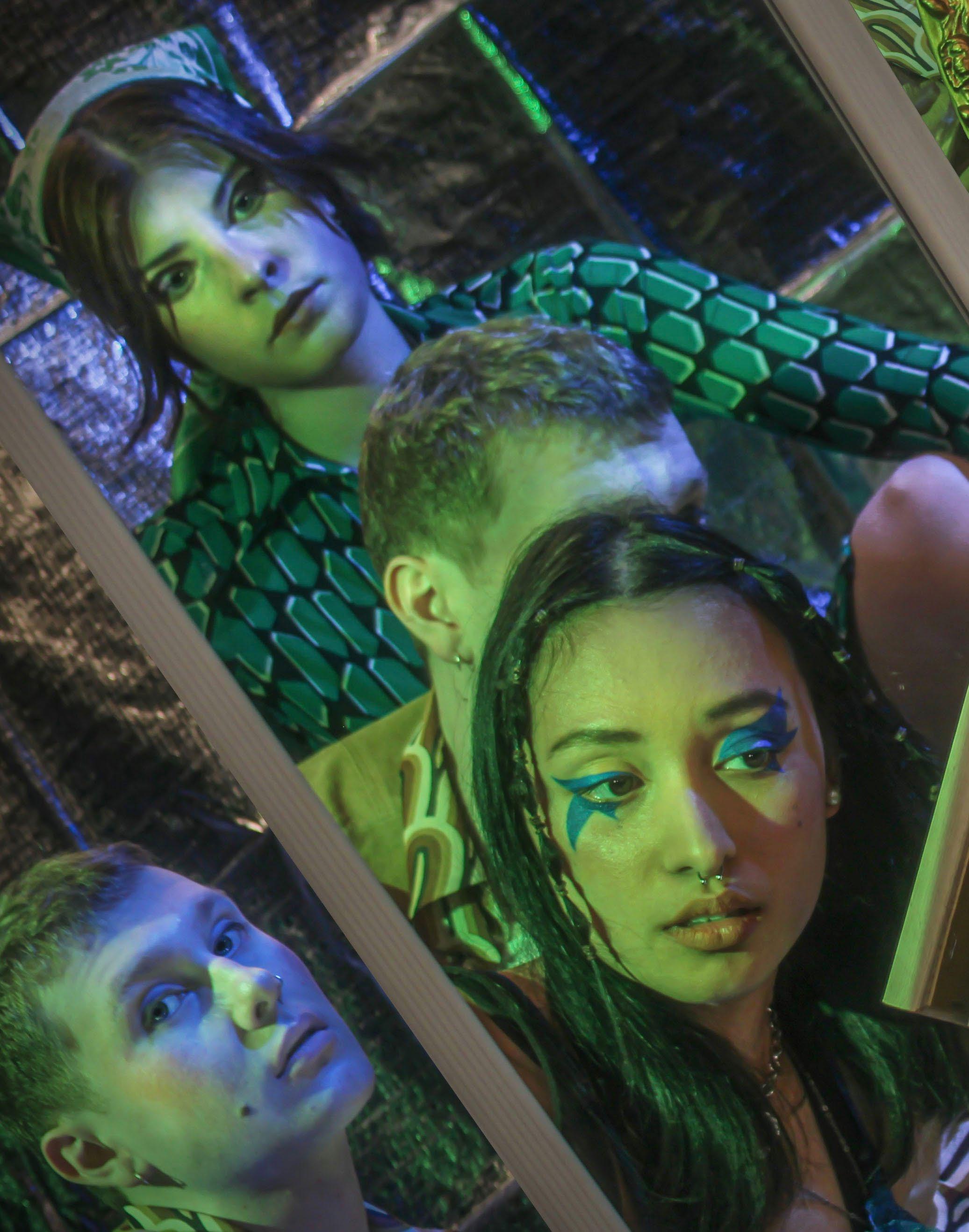
CREATIVE DIRECTOR: LILY GRIGORIADIS
PHOTOGRAPHER: SHEANA TCHEBOTARYOV
VIDEOGRAPHER: ABBY BOYD
MUA: JILL FORD
MODELS: BRENDAN REID, KATELYN BATTAD, MARTHA STEELE
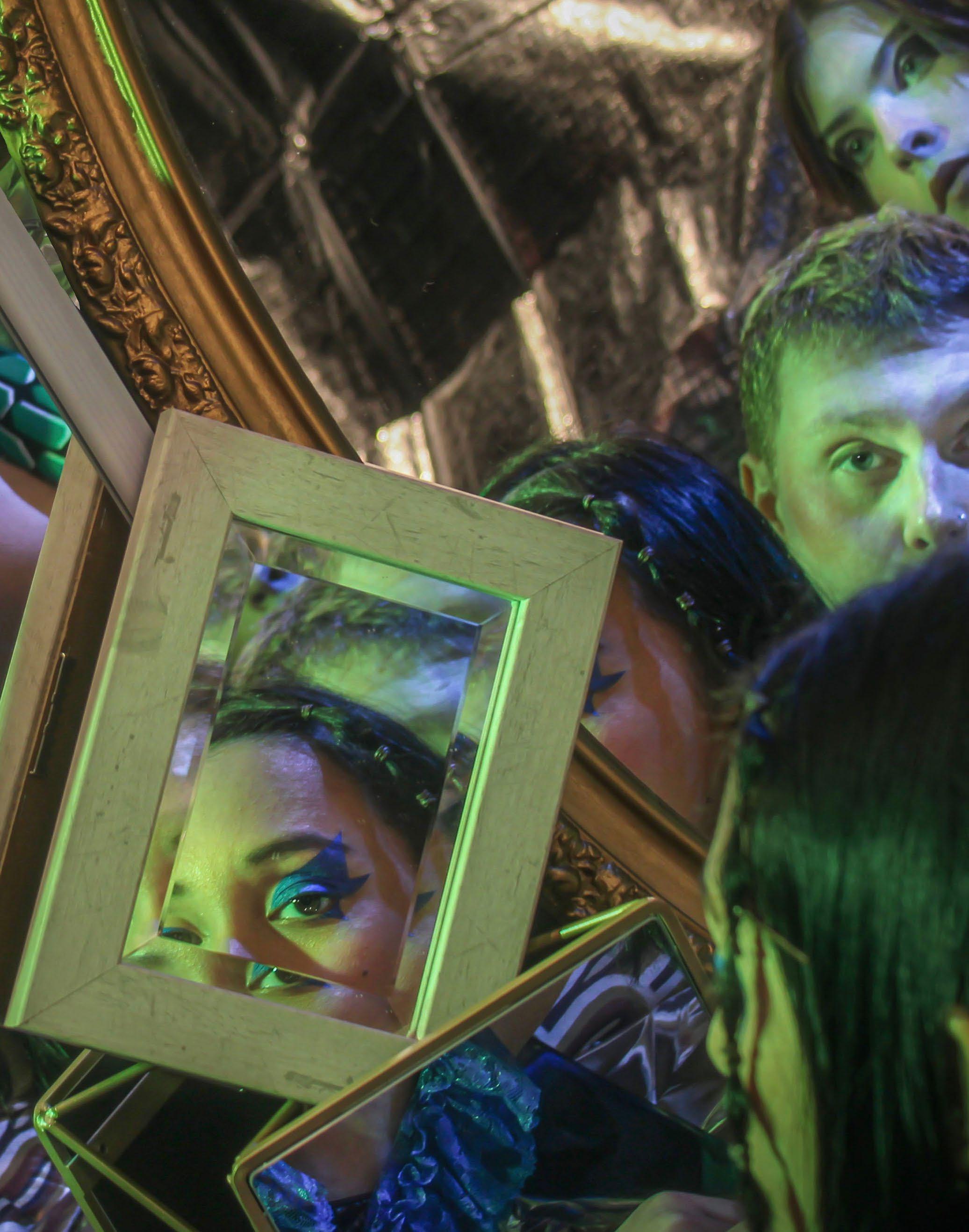 Katarina Bojic
Katarina Bojic
I used to hate my childhood bedroom. It was quite small and the pink walls made me feel suffocated in sticky Hubba Bubba bubblegum. No matter how hard I tried to get rid of it, there was a permanent scent of artificial vanilla body spray in the white plush carpet. I was never alone because of the collection of stuffed animals that littered my space. Every time I got into a flight with my sister, I would lie in my twin bed and count the days until I could leave those four walls behind. Looking back, I wish I wasn’t so eager — because when I left my room behind, I left a version of myself there with it.
I predicted university was going to be some great land, far far away. I was done living in a fairytale and demanded to grow out of it. However, my first year of Queen’s quickly humbled my expectations. When I came home for my first reading week, I convinced myself I had accidentally left all of my confidence
I couldn’t recognize my room, let alone myself.
in my childhood room. It would explain the overwhelming loss in all of my interests. I was very-nearly crawling back into my beloved bedroom. As I was desperately seeking familiar comfort, I was shocked to see that comfort didn’t want me. My pink walls were painted over with a sterile, matte white coat; the carpet was removed to expose the hardwood floor I’d always been terrified to scratch. All of my stuffed animals, evicted — just like the monsters under my bed, into a singular box. My brand new room visually represented the loss of self I was experiencing at eighteen.
After yearning to leave my childhood bedroom behind, I finally admitted that it was the only place I felt at home, in the imaginary jungle “Where the Wild Things Are”. Without the clutter of knick-knacks on my shelfs, how am I supposed to display my curiosity? Without my collection of movie tickets, how would I remember that I
like storytelling? It felt more overwhelming to confront the absence of myself then to gradually lose a bit of it each day. But the truth was, I hadn’t actually lost the perception of who I was — I just needed to figure out how to find comfort in the opportunity to learn about everything I could be.
As I transition to a new part of my life, the repainted walls offer me a new canvas to scribble on. My old bedroom was comfortable, but refused to let me enter the real world. I would have stayed playing make-believe forever if I had never stepped outside. I christened my new room with a playlist of all my new favourite songs. For old times sake, I stayed up reading under the covers. I learned growing up doesn’t necessarily mean abandoning all sense of comfort behind. Instead, it’s about being forever grateful to the person I used to be, and letting go of any pressure I was placing on myself to change. When I go home and see the newly painted walls, although I miss the pink colour, I no longer miss who I used to be.
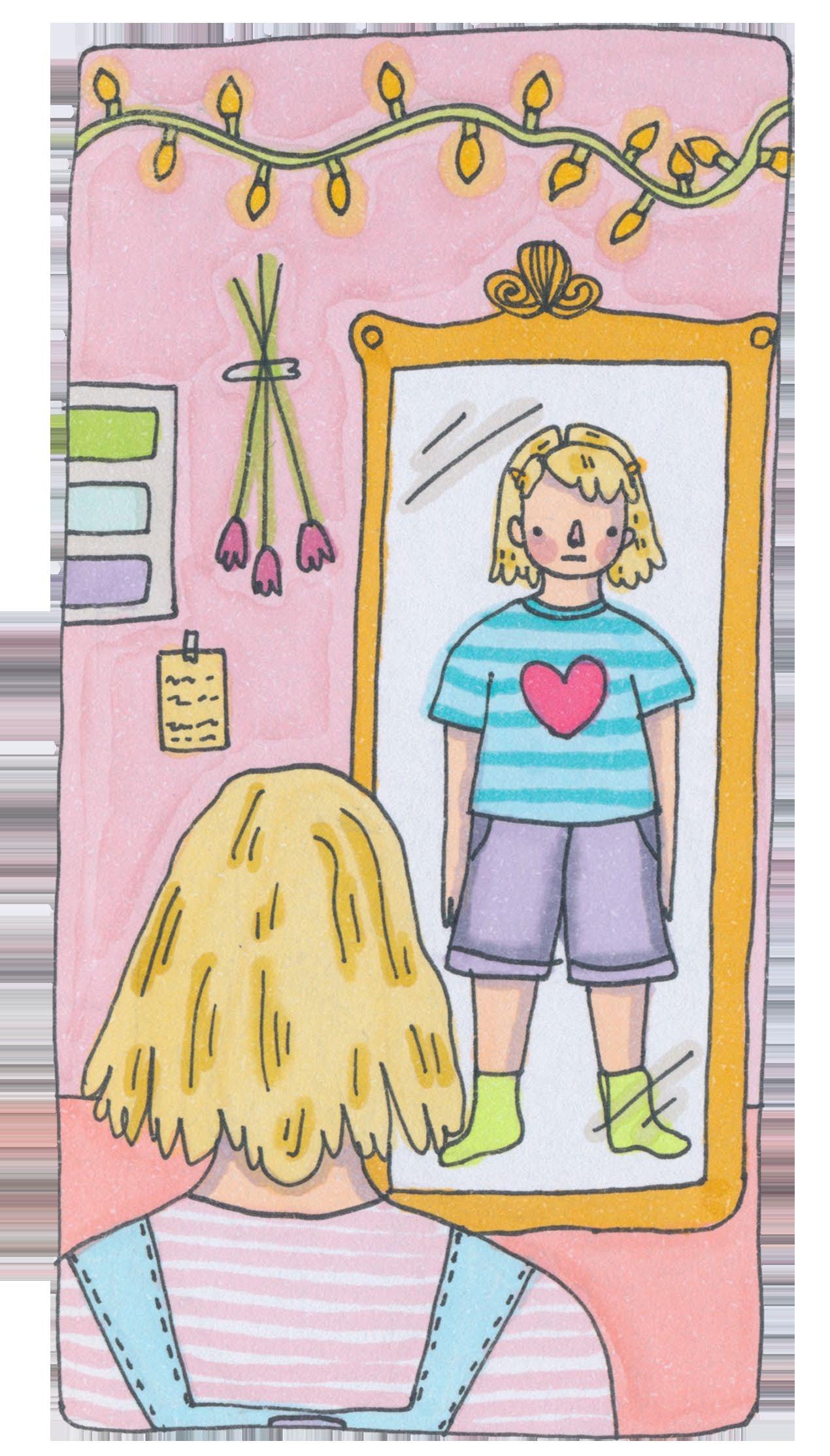

fashion and car collections, I struggle to carry the heavy weight of our very real climate crisis.
Never would I have thought that my dream of bringing kids into the world would be undermined by a fear of the environmental threats they will inevitably face. Over the past three years, my education has been centered around sustainability and environmental stewardship. The serious nature of the topics covered in class leads me to consider the deeply troubling questions we consider about the world’s future. While I am confident in calling myself an environmentalist, there are many trials and tribulations that come from identifying with that term.
Although at times my degree has painted hopeful anecdotes of advancements for the future, there have also been moments of hopelessness, disbelief, and grief. It’s daunting to stay motivated when you are educated on how thousands of species are dying off, millions of acres of land are being converted for development, and endless loopholes are made in climate policies. On top of this, the never-ending debates in my classes are usually centralized around non-realistic “solutions,” like “well, the only solution is to end capitalism.” I find myself frustrated with how inaccessible real solutions appear to be. While society is transfixed on fast-
Taking climate action into your own hands outside of academia can be a lonely and isolating process. In a time where performative activism is more than common, opportunities such as an Earth Day Instagram post never go unmissed; annually, my feed is littered with charming photos of the planet in its honour. However, every day, my field of study shows me that showing care towards our planet requires much more than an Instagram photo-dump. Such realizations create frustration, making the deterioration of my mental health yet another side-effect of the current climate crisis. Feelings of hopelessness and anger about our environmental future are overwhelming at times, especially for those who study these issues day in and day out.
I realize it is a privilege to be able to study these issues rather than directly experience the effects of the climate crisis. My question now is about finding the motivation and courage to stand up to these issues. Climate anxiety has become a catchall for how worries about our wounded planet affect people’s mental health. As researchers and educators across the globe demonstrate that rates of climate anxiety are on the rise, some universities have begun to recognize that they must do more to understand the mental effects that accompany the climate crisis. We must collectively recognize the importance of balancing mental health and battling for our planet, as environmental programs teach - doing so will only decrease burnout and incite more action. We must take the time to take care of ourselves, so we can focus on taking care of the earth around us too.
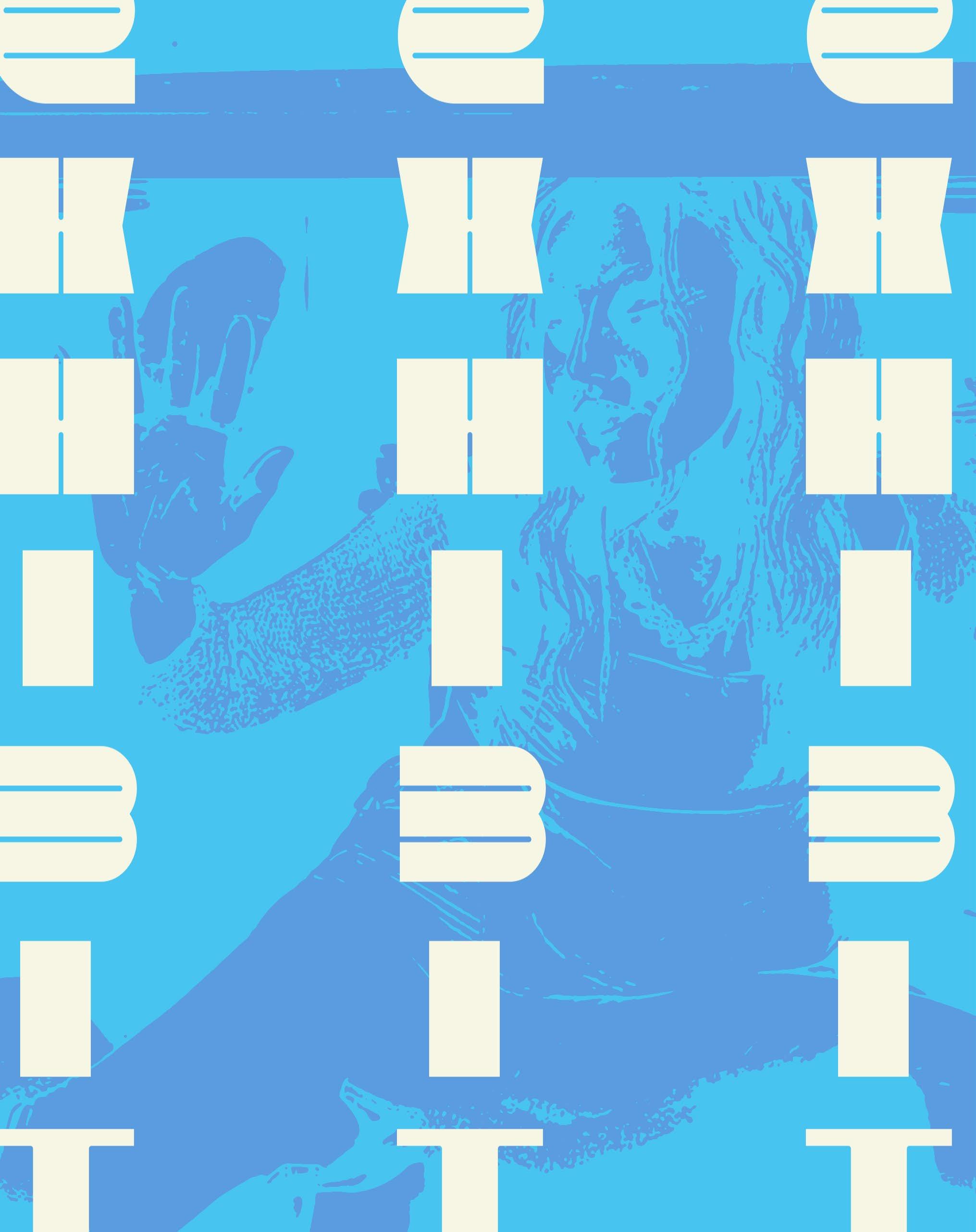
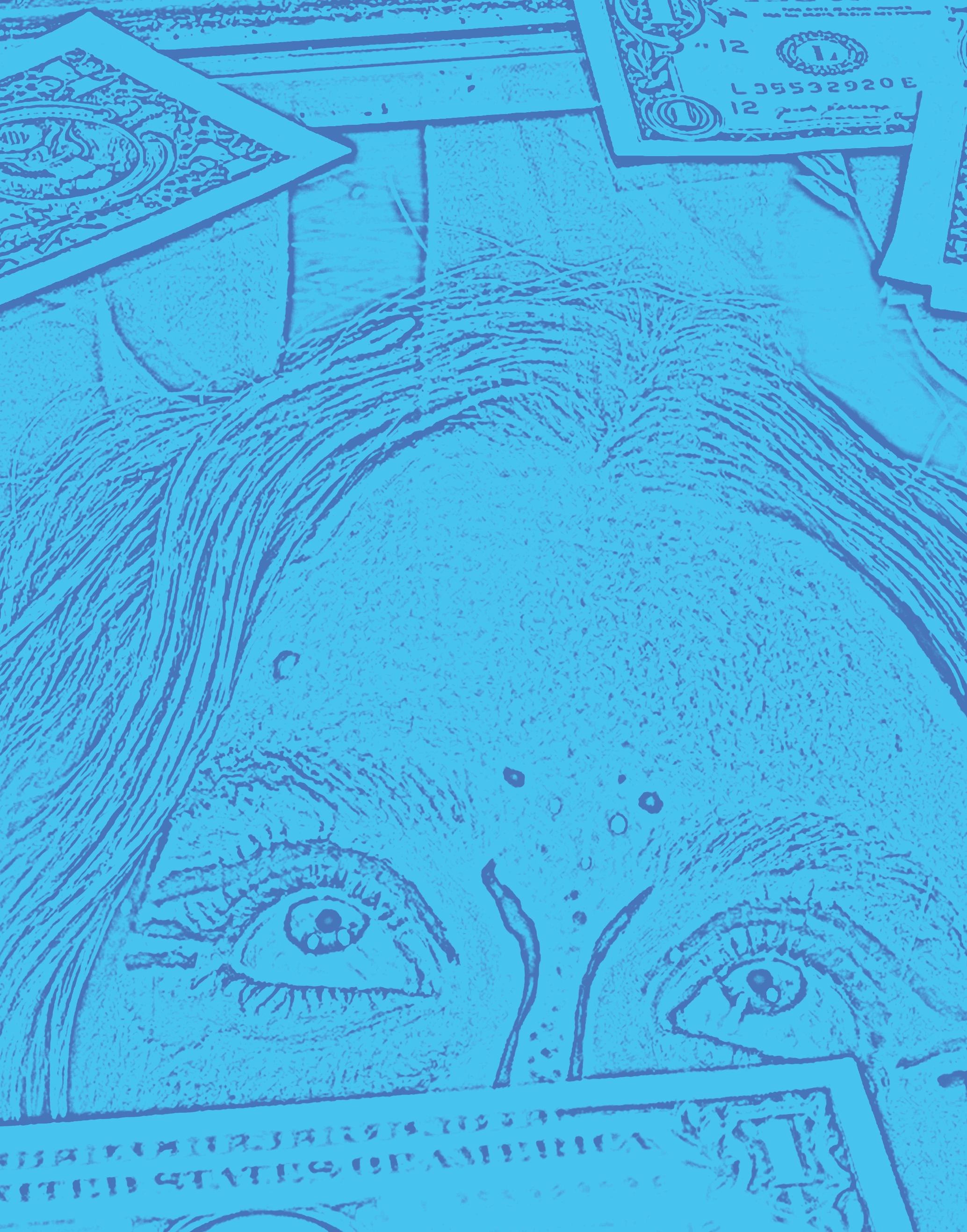

CREATIVE DIRECTOR: JEN LAMARCHE
MUA: CLAIRE MATTHEWS
PHOTOGRAPHER: ILLIA GELMAN
VIDEOGRAPHER: ABBY BOYD
MODELS: ELIZABETH BOWEN, DELIA LEHNER, SINEAD ALLEN
